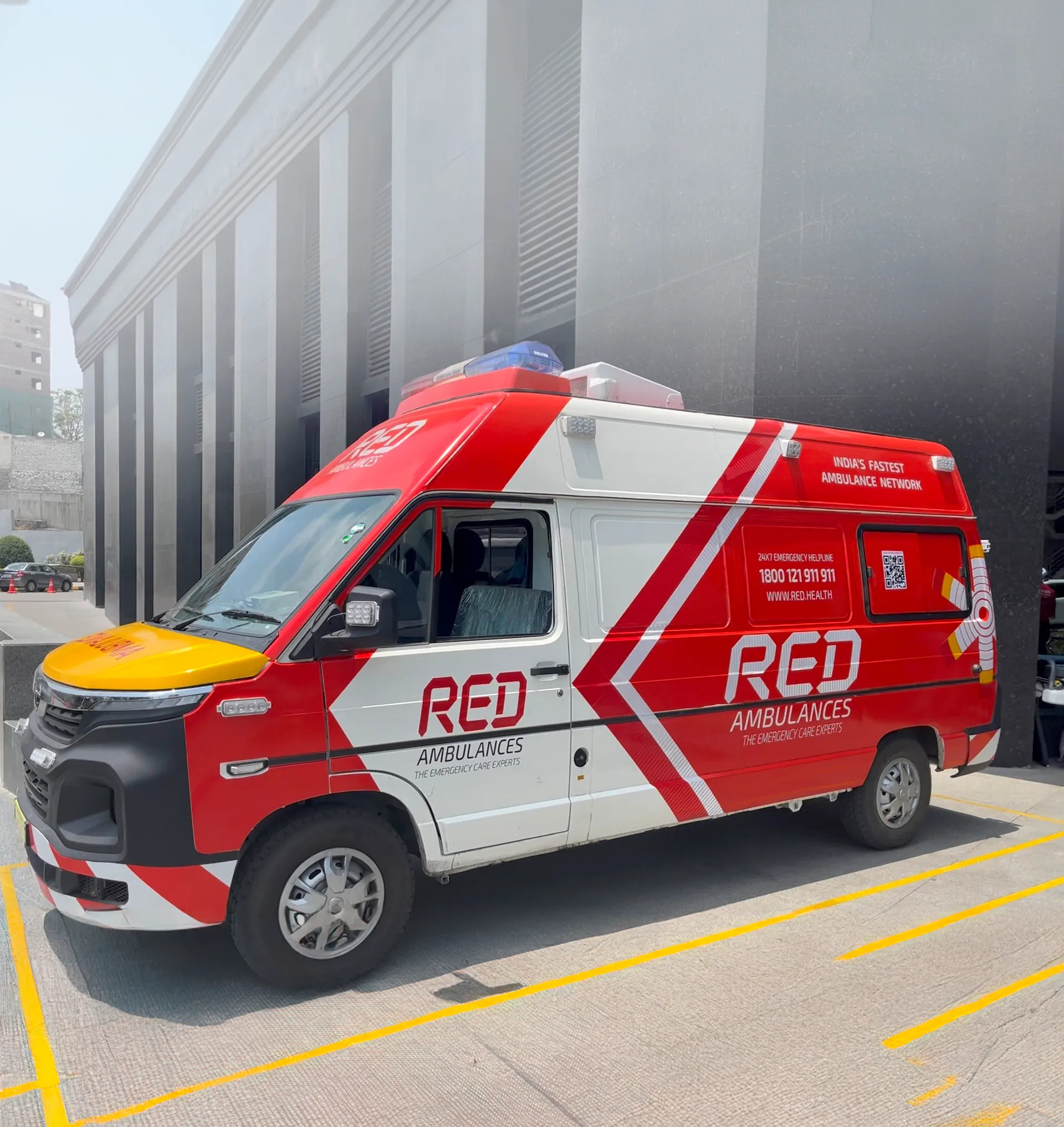In emergency medical care, time is of the essence. The faster a patient can be transported to the appropriate medical facility, the better their chances of survival. One of the critical components of this process is the availability and accessibility of ambulance services. Traditional ambulance booking methods often involve calling local emergency services, which can be time-consuming, especially in high-pressure situations. However, the advent of online ambulance booking systems is revolutionizing patient transport during emergencies, streamlining the process, and ultimately saving lives.
The Traditional Ambulance Booking Challenge
Historically, booking an ambulance in an emergency required a phone call to the local emergency services or private ambulance providers. While this system works, it has several drawbacks. First, the caller may not know which service is closest or most appropriate for their specific needs. Second, during peak hours, especially in urban areas, dispatchers may struggle to allocate ambulances promptly due to demand. Additionally, patients in rural areas often face longer wait times because of fewer ambulance stations and resources.
These delays can be critical. According to studies, response time directly impacts patient outcomes, especially in cases involving strokes, heart attacks, or severe trauma. A system that can quickly match patients with the nearest available ambulance is key to improving emergency response times and patient outcomes.
The Emergence of Online Ambulance Booking Platforms
The rise of online ambulance booking platforms is addressing these challenges head-on. These platforms operate through apps or websites, allowing users to book ambulances quickly and efficiently without the need for phone calls or middlemen. The core of their appeal lies in ease of use, transparency, and real-time updates.
Some key features include:
- Real-Time Availability: Users can see the nearest available ambulances and expected arrival times. This ensures patients get immediate access to the best possible service.
- Multiple Ambulance Types: Online platforms provide various ambulance options, such as basic ambulances, ICU ambulances, and patient transport ambulances, allowing patients or caregivers to choose the most appropriate service based on the medical emergency.
- Tracking and Updates: Similar to ride-hailing apps, online ambulance services often provide real-time GPS tracking of the vehicle, giving patients or caregivers peace of mind as they can follow the ambulance’s route.
- Automated Dispatch Systems: Automated algorithms match patients with the nearest and most suitable ambulance, reducing the response time significantly. This technology is essential in urban areas where congestion and high demand can slow down traditional dispatch systems.
- 24/7 Availability: These services operate around the clock, ensuring that patients can access transport even during late-night emergencies, where traditional systems might be slower.
Impact on Patient Transport During Emergencies
Incorporating online booking into patient transport has far-reaching effects on emergency healthcare systems, especially for patient transport ambulances.
1. Faster Response Times
Online ambulance booking platforms eliminate many of the bottlenecks in traditional systems. With automated dispatch and real-time availability, response times are significantly improved. In cities with high traffic congestion or dense populations, patients can be assigned to ambulances that are most likely to reach them quickly, reducing unnecessary delays.
2. Efficient Use of Resources
These platforms make it easier to manage ambulance resources effectively. In regions with multiple ambulance providers, an online platform can act as a centralized hub, ensuring that every available vehicle is used efficiently. Additionally, hospitals and medical facilities can use these services to ensure timely patient transfers, especially when specialized care is needed.
3. Improved Access in Rural Areas
Rural areas have traditionally faced difficulties in accessing timely ambulance services due to long distances and a lower concentration of ambulances. Online booking platforms help overcome this challenge by connecting rural patients with ambulances more effectively. Some platforms even collaborate with local healthcare providers to station ambulances in key areas, reducing wait times and ensuring faster care for rural communities.
4. Enhanced Transparency and Communication
With traditional systems, patients often have limited visibility into the status of their ambulance. Online platforms, however, provide updates on arrival times and allow for better communication between the ambulance crew and the patient. In emergencies, every minute counts, and this transparency helps reduce anxiety and prepare hospitals for incoming patients more effectively.
The Role of Patient Transport Ambulances
In addition to emergency cases, patient transport ambulances play a vital role in transferring non-emergency patients between facilities or transporting them to their homes post-treatment. Traditionally, scheduling patient transport involved significant administrative effort and could take days, leaving patients waiting in hospitals or homes for long periods.
Online ambulance booking platforms have streamlined this process, allowing families or healthcare providers to book transport at the click of a button. This not only reduces the waiting time for patients but also helps hospitals free up beds for incoming emergencies or other patients in need.
The integration of online platforms into the healthcare ecosystem ensures that even routine patient transport is fast, reliable, and efficient.
A Future of Seamless Ambulance Services
As technology advances, the potential for online ambulance booking platforms to further transform patient transport in emergencies continues to grow. Integration with other healthcare technologies, such as telemedicine, will ensure that patients receive the appropriate level of care en route to the hospital. The future will likely see more sophisticated algorithms that predict ambulance demand, enabling proactive positioning of vehicles in high-demand areas.
Conclusion
The transformation of patient transport through online ambulance booking is reshaping emergency healthcare, providing quicker response times, better resource management, and more transparency for patients and families. By utilizing modern technology, these platforms are ensuring that more lives are saved, and patient care is optimized across both urban and rural areas.
In India, platforms like RED.health are leading this change by integrating online ambulance booking into their emergency response systems. Through innovative technology and a focus on improving accessibility, RED.health is making a significant impact on how ambulances are dispatched and how patients are transported during critical moments. The future of patient transport looks brighter with such initiatives, paving the way for even more advancements in emergency medical care.


